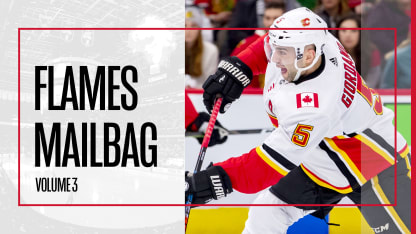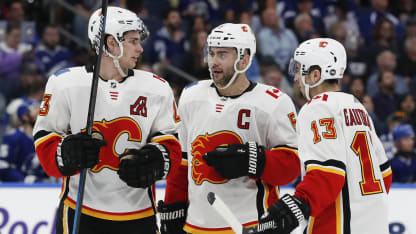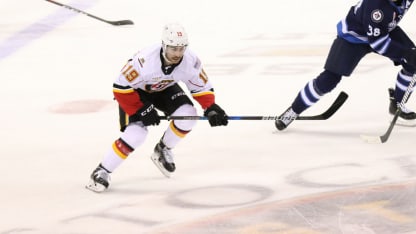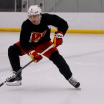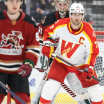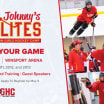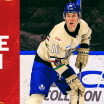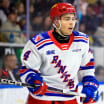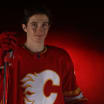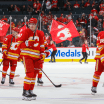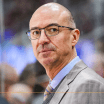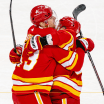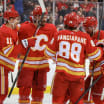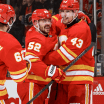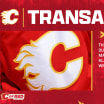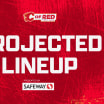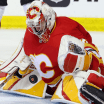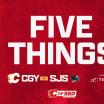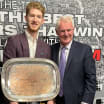"I think as an organization we do an excellent job of establishing a program that allows our bodies maintain a high level of performance. RVA (head strength and conditioning coach Ryan van Asten) is one of the best there is.
"The other side of it, too, is that over the course of a season, your cardio gets better. So it's kind of a trade-off. If you can maintain your strength and improve on your cardio, that's a huge boost come playoff time.
"I'm the kind of guy that likes to be in the gym pretty often, so when we're on the road, after a game is usually our best chance to get a quick 20, 30-minute lift in before we get on the bus. Every team has to have a workout area available to the visiting team, so it's a good setup. Otherwise, on off days, I might scout out a gym in the area or use the one in the hotel, which is pretty convenient as well.
"Overall, it's VERY different than my usual off-season program. It's a little more scientific because I'm adapting on the fly, determining what to do and how much. Recovery, probably, is my biggest focus."
Daniel Brooks: For Rasmus Andersson - Who's the most enthusiastic player on the bench?
"Hammer (Travis Hamonic), without a doubt. Especially on our end of the bench with all the D, he's constantly talking, encouraging guys, telling them they had a good shift, and is pushing everyone to keep their foot on the gas. He's a great leader for our team and never lets it get quiet out there.
"We've got a pretty vocal bench. Chucky talks a lot, too, but it's usually directed at the other team (laughs)."
Caleb Dierich: For Matthew Tkachuk - How did you get so good at tipping shots in the front of the net, and what advice would you give to someone like me who's not every good at it, but wants to get better?
"I never really thought about it as a special talent or anything, but I learned pretty early on in my career that a lot of my offence comes from that area of the ice, in front of the net. A lot of guys are willing to go there, but what can do with the limited real estate you have? I love getting in those battles and getting physical with guys, getting free and trying to get my stick on pucks. Most of the goals come from within that four or five-foot radius around the blue paint, so if I can work on something in practice and have it translate into a game - and, specifically, to an area where it's obvious I can have some success - I'm going to do it.
"I spend a lot of time every day working on it. It's a part of almost every drill, anyway, but I also like to spend some time doing it on my own at the end of practice. And I always, always like to leave on a high note (laughs).
